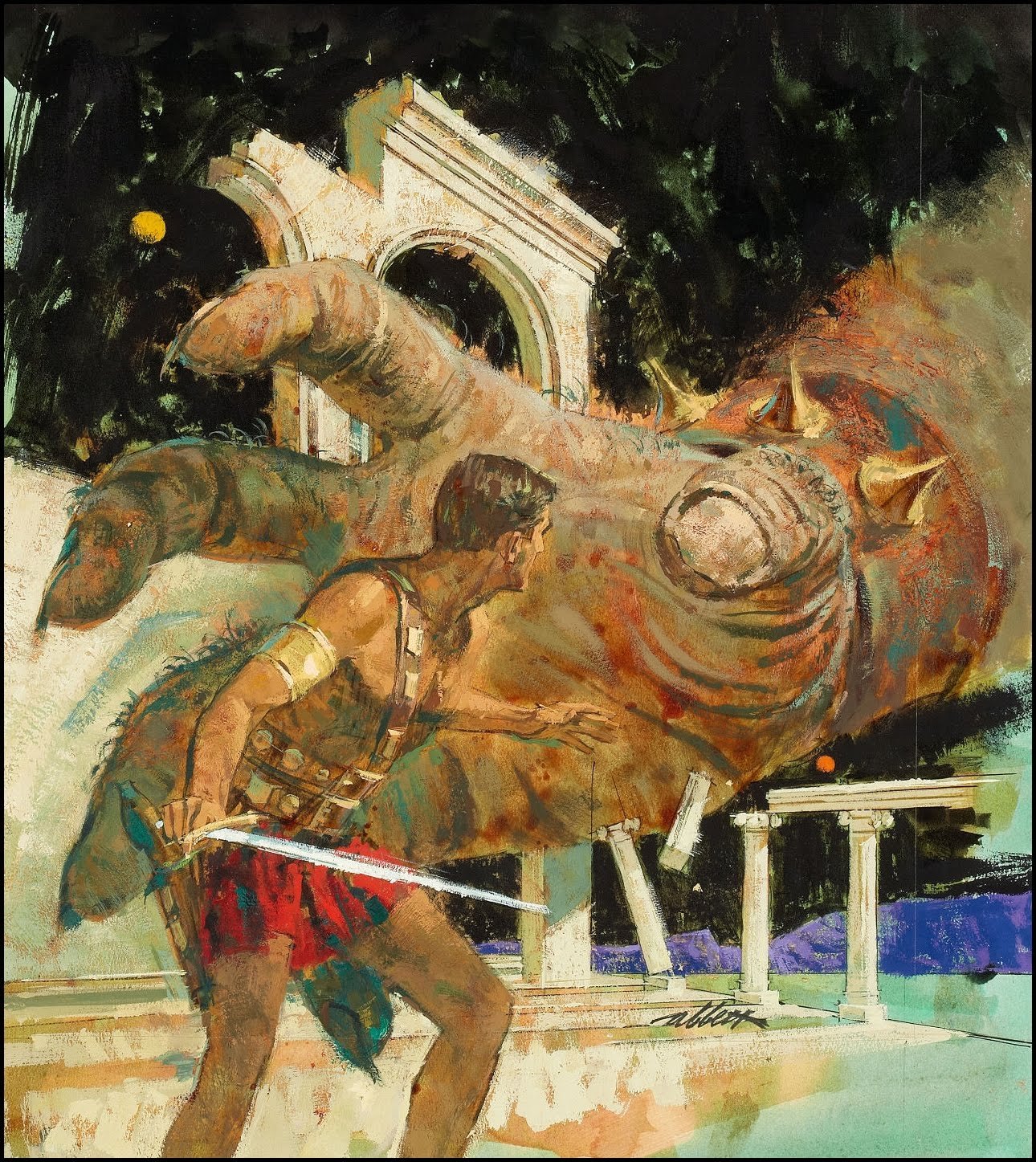- Compared to writers at the beginning of their careers, successful authors have an enormous freedom to experiment with form and style: their reputations are sound. And yet so few of our most prominent authors risk anything in their books. Writers like Haruki Murakami and John Irving compare their readers to addicts, “always waiting” for the fix of a new book; Tim Parks asks if “addiction” is really what an author should seek in his readers. “If a writer accepts such addiction, or even rejoices in it, as Murakami seems to, doesn’t it put pressure on him, as pusher, to offer more of the same? In fact it would be far more plausible to ascribe the failure (aesthetic, but not commercial) of Colorless Tsukuru Tazaki and indeed Franzen’s Purity, not to the author’s willingness to take exciting risks with new material … but rather to a tired, lackluster attempt to produce yet another bestseller in the same vein … to create anything genuinely new writers need to risk failure, indeed to court failure, aesthetically and commercially, and to do it again and again throughout their lives, something not easy to square with the growing tendency to look on fiction writing as a regular career.”
- On social media, hyperbole reigns supreme: I’m literally dying because it’s the worst thing ever. It can be hard to mock or even to coolly discuss the trend toward overreaction without sounding like an uptight dad with a wedgie—but let’s try to have that conversation, because right now we’re standing at the brink of Total Overstatement. The Internet, Jessica Bennett writes, “has taken all these speech patterns and hit them with a dose of caffeine: the need to express emotion in bite-size, 140-character bits; the fact that we must come up with increasingly creative ways to express tone and emphasis when facial cues are not an option. There’s a performative element, too: We are expressing things with an audience in mind … Yet if a bacon-flavored ice cream sundae gives you all the ‘feels ever,’ or you are ‘dead’ over a cute cat photo, how do you respond if something is actually dramatic?”
- Along with hyperbole, the Internet has made a cozy home for trite bursts of New Age pabulum, and science has at last intervened to ask: Why does anyone like this shit? Last month a journal called Judgment and Decision Making published “On the reception and detection of pseudo-profound bullshit,” by Gordon Pennycook and colleagues. “People who are more susceptible to BS,” he found, “score lower for verbal and fluid intelligence, are more prone to ‘conspiratorial ideation,’ and more likely to ‘endorse complementary and alternative medicine’ … In a series of studies, the authors presented participants with randomly assembled pseudo-profound statements, Deepak Chopra tweets, and tests of cognitive and reasoning ability… In general, the profoundness ratings that participants gave the BS statements were very similar to those they gave to Chopra’s tweets.”
- Given the ever more likely presence of water on Mars, it’s time to reevaluate the Martian in fiction. Though the Martians of the later twentieth century were often destructive, bloodthirsty creatures with only a superficial resemblance to humankind, the earliest Martians were basically exactly like people—demonstrating either a failure of imagination or a deep optimism. Percy Greg’s 1880 novel Across the Zodiac features “a polygamous society of ‘Martialists’—diminutive men and women, less than five feet tall, who look a little bit like Swedish people and dominate the planet. They’re an agricultural society: they raise one-horned antelope-like creatures, birds ‘about twice the size of a crow,’ and a range of crops, that, besides their color, basically resemble plants on Earth … In Aleriel (1883), Martians are about twice the size of humans and much more hairy; in Stranger’s Sealed Package (1889), besides being blue, they are essentially the same as humans—they even share ancient ancestors.”
- One of the more bizarre artifacts of the eugenics movement is this 1904 map showing “The Distribution of Men of Talent” throughout our fair nation. Its author, Gustave Michaud, thought we needed to see where geniuses lived in high density so that, I don’t know, laypeople could move to their towns and force them to reproduce with us, spawning a new generation of baby geniuses. Unsurprisingly, Michaud contended that the overwhelming majority of geniuses lived in New England, and that Wyoming was all but genius-free. Sorry, Wyoming.
↧
Martians—They’re Just Like Us! And Other News
↧
